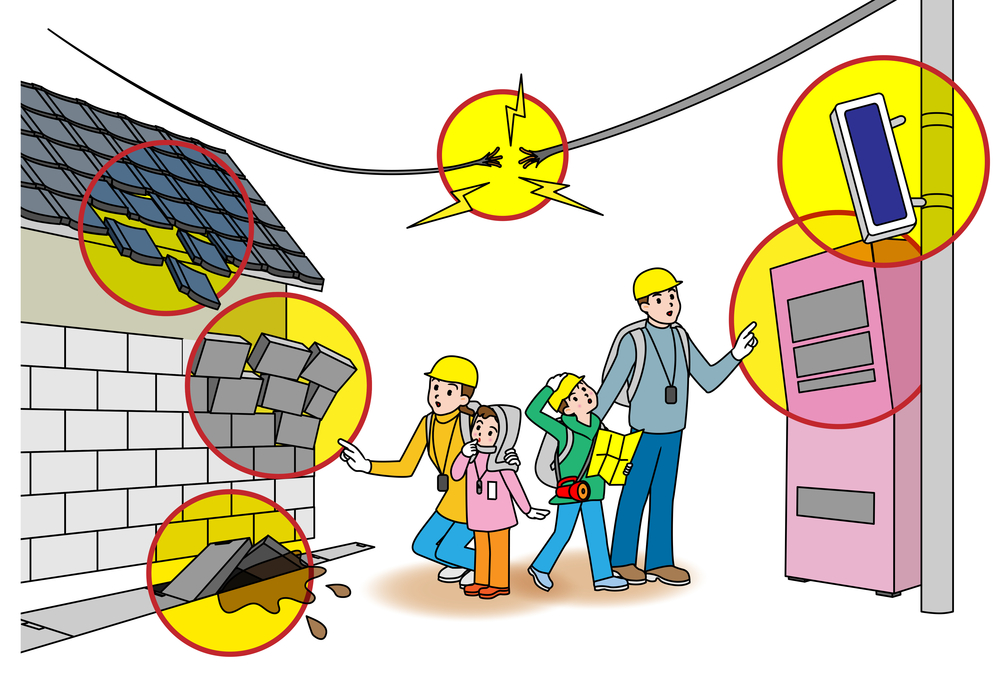Breaking
Do’s and Don’ts before, during and after an earthquake
MANILA — Unpredictable earthquakes have been regularly rumbling around the world at varied intensities which necessitate anticipation and preparation for their unexpected occurrence.
The Philippines, which sits on the Pacific Ring of Fire, is not taking chances as earthquake drills are being undertaken by different government and private offices.
The Philippine Institute of Volcanology and Seismology (Phivolcs) said that about 20 earthquakes occur in the country daily, but most of them are not felt and can only be detected by an instrument called seismograph.
All we can do is to be always prepared if and when the Big E comes, especially if it’s strong with an intensity six.
Intensity seven or eight and above are deemed destructive.
Useful tips have been given by Phivolcs to minimize harm and loss of lives in places where an earthquake may occur.
The agency advises that during the trembling and shaking, remember that when you are inside a structurally sound building or house, stay there for safety.
Practice the “Duck, Cover and Hold” rule. Duck under a sturdy desk or table and hold on to it or protect your head with your arms.
Stay away from glass windows, shelves, cabinets and other heavy objects that may fall or crash on you. Beware of falling objects, be alert and keep your eyes open.
Provide access to children, pregnant, elderly and persons with disabilities during evacuation.
If you are in an open area or outside, stay away from trees, power lines, posts and concrete structures.
Likewise, move away from steep slopes which may be affected by landslides.
If you are near the shore and feel an earthquake, especially if it’s too strong, move quickly to higher grounds because tsunamis or giant sea waves might follow.
If you are in a moving vehicle, stop and get out. Do not attempt to cross bridges, overpass or flyover which might have been damaged.
After an earthquake, be prepared for aftershocks.
Once the shaking stops, take the fastest way out of the building or house.
Do not use elevators, enter damaged buildings, use telephone lines unless necessary. Do not panic.
Instead, check yourself and others for injuries, water and electrical lines for damages, spills for chemicals, toxic and flammable materials and control fires which may spread out.
And if you need to evacuate your residence, leave a message stating where you are headed to and bring your emergency kit supply.
Keep updated on the disaster prevention instructions from battery-operated radios.






















